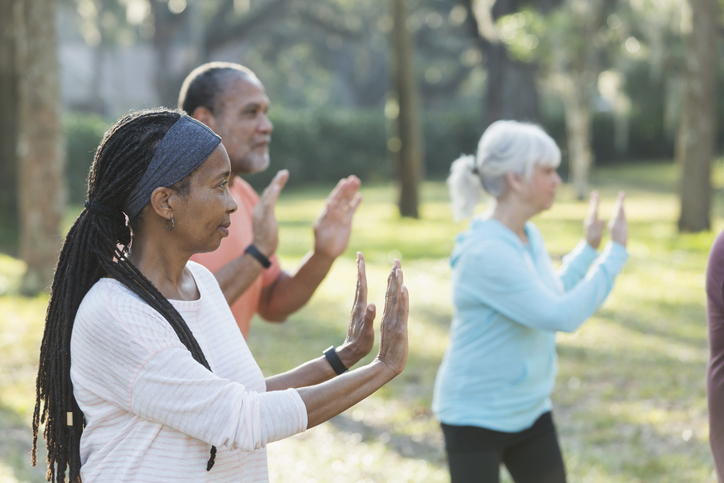When was the last time you evaluated your approach to healthcare? In America, we typically view healthcare as a one-size-fits-all approach, but this can be extremely detrimental to our health. What if we could rethink this approach and incorporate other medicinal philosophies with our own? This collaborative approach may be the one the United States desperately needs to combat rising dissatisfaction with the healthcare system.
Understanding East to West Medicine
Physicians have seen a rapid increase in the number of patients looking to East to West Medicine – using Eastern medicine as a replacement or supplement to their traditional treatment options, primarily due to the individualized nature of the practice. While Western medicine emphasizes lifestyle and healing a specific symptom or disease, Eastern medicine focuses on healing the body as a whole.
Dr. Ka-Kit Hui practices internal medicine and sub-specializes in clinical pharmacology and geriatrics at the UCLA David Geffen School of Medicine. While conducting his groundbreaking research in the early 1990s, he recognized an opportunity to address a significant gap in healthcare through an integrative approach of Eastern and Western medicine. Dr. Hui founded the UCLA Center for East-West Medicine in 1993 to integrate the two and ultimately help patients see relief in their daily lives.
“I want to build a new model by blending the best of what I can learn through UCLA […] and what China has been practicing in terms of Chinese medicine,” states Dr. Hui.

How East-West Integrative Medicine Can Help Us
One of Dr. Hui’s biggest supporters, Gerald Oppenheimer, experienced firsthand results. Through vagal nerve stimulation by an optimization of transcutaneous electrical nerve stimulation (TENS), Oppenheimer saw immediate relief from his long-standing neck inflammation. TENS is a method of nerve stimulation that adheres to the Eastern medicinal and holistic practice of Tuina, or bodywork.
One of Eastern medicine’s main benefits is its ability to rapidly relieve pain. The Center for East-West Medicine created a model that prioritizes this pain elimination. First, a whole-body assessment is conducted to evaluate stress levels and create an overall image of the patient. Then the patient is educated on Eastern medicine and its benefits and subsequently treated through drug reduction, acupressure, acupuncture and more.
The application of East-West medicine is very approachable because it is wholly customizable, with the benefits from each practice working on their own or in conjunction with other Western medicinal approaches. The overall mission of integrative East-West medicine is to lead in improving health and quality of life by bringing together the best of Western and traditional East Asian healing traditions to provide healthcare that is safe, effective, affordable and accessible for individuals, families and communities.
If you’re interested in exploring East-West Integrative Medicine, speak with your healthcare professional to discuss your plan of treatment. Dr. Hui suggests Eastern medicine is begging us to take advantage of its beneficial properties, so why not integrate this with our own practices?

